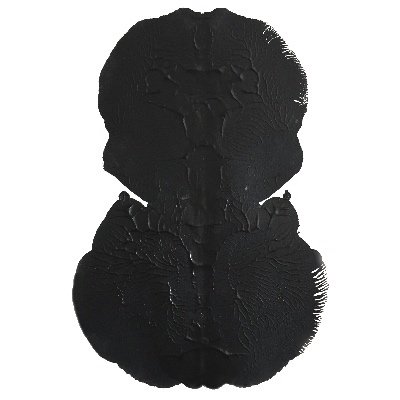Music Mondays - Mendelssohn Violin Concerto in E Minor Op.64
Written with barely enough time to be considered Monday...
This week's gem is one of my all time favorite violin concertos.
Premiered on this day, March 13, 1845 by Ferdinand David, it seemed a perfect fit for this week's Music Monday.
I love the combination of Classical finesse and Romantic expression that simmers throughout the entire piece. Heifetz, Perlman, and Nathan Cole all deem this concerto one of the most challenging in the repertoire citing the flashy (and very exposed) violin solo that happens immediately - no chance to warm up, no orchestral introduction, just wham bam fireworks straightaway!
Check out what the Scholars ;) at Wikipedia have to say about it.......
The concerto is innovative in many respects. In the first movement alone, Mendelssohn departs from the typical form of a Classical concerto in many ways, the most immediate being the entry of the soloist almost from the outset.
Although the first movement is mostly in the conventional sonata form, Mendelssohn has the first theme played by the solo violin and then by the orchestra. Classical concertos typically opened with an orchestral introduction followed by a version of essentially the same material that incorporates the soloist.
The cadenza is also novel in that it is written out as part of the concerto and located before the recapitulation. In a typical Classical concerto, the cadenza is improvised by the performing soloist and occurs at the end of a movement, after the recapitulation and just before the final coda. Mendelssohn's written cadenza was not included in the first published version of the concerto, but instead a "streamlined" version by Ferdinand David without the contrapuntal complexity of the original. This is the most played version today.
The violin concerto stands out from previous concertos with its connected movements. There is no break between the first and second movements, with a bassoon note held between the two. The bridging passage between the last two movements begins almost immediately after the slow movement. The melody is similar to that of the opening, which hints at the cyclic form. The linking was designed to eliminate applause between movements. This would have come as a surprise to Mendelssohn's audience, who, unlike today's, were used to applauding between movements.
The concerto also calls on the soloist to be nothing more than an accompanist to the orchestra for extended periods, such as the ricochet arpeggios at the start of the recapitulation. This too was novel for a violin concerto of its time.
Legacy
Mendelssohn's Violin Concerto influenced the concertos of many other composers, who adopted aspects of it in their own concertos.
For example, the unusual placement of the cadenza before the recapitulation is reflected in the violin concertos of Tchaikovsky (where the cadenza is similarly placed) and Sibelius (where the cadenza serves to extend the development section). Moreover, following this concerto it was very rare for a composer to leave a cadenza unwritten for the soloist to improvise as in the days of Mozart and Beethoven. The linking of the three movements also influenced other concertos, such as Liszt's Second Piano Concerto.
The concerto itself was an instant success, warmly received at its premiere and well received by contemporary critics. By the end of the nineteenth century, the piece was already considered one of the greatest violin concertos in the repertoire. It would become one of Mendelssohn's most popular pieces, and was still regularly performed, even when interest in his music declined in the early twentieth century. In 1906, the year before his death, the celebrated violinist Joseph Joachim told the guests at his 75th birthday party:
The Germans have four violin concertos. The greatest, most uncompromising is Beethoven's. The one by Brahms vies with it in seriousness. The richest, the most seductive, was written by Max Bruch. But the most inward, the heart's jewel, is Mendelssohn's.
